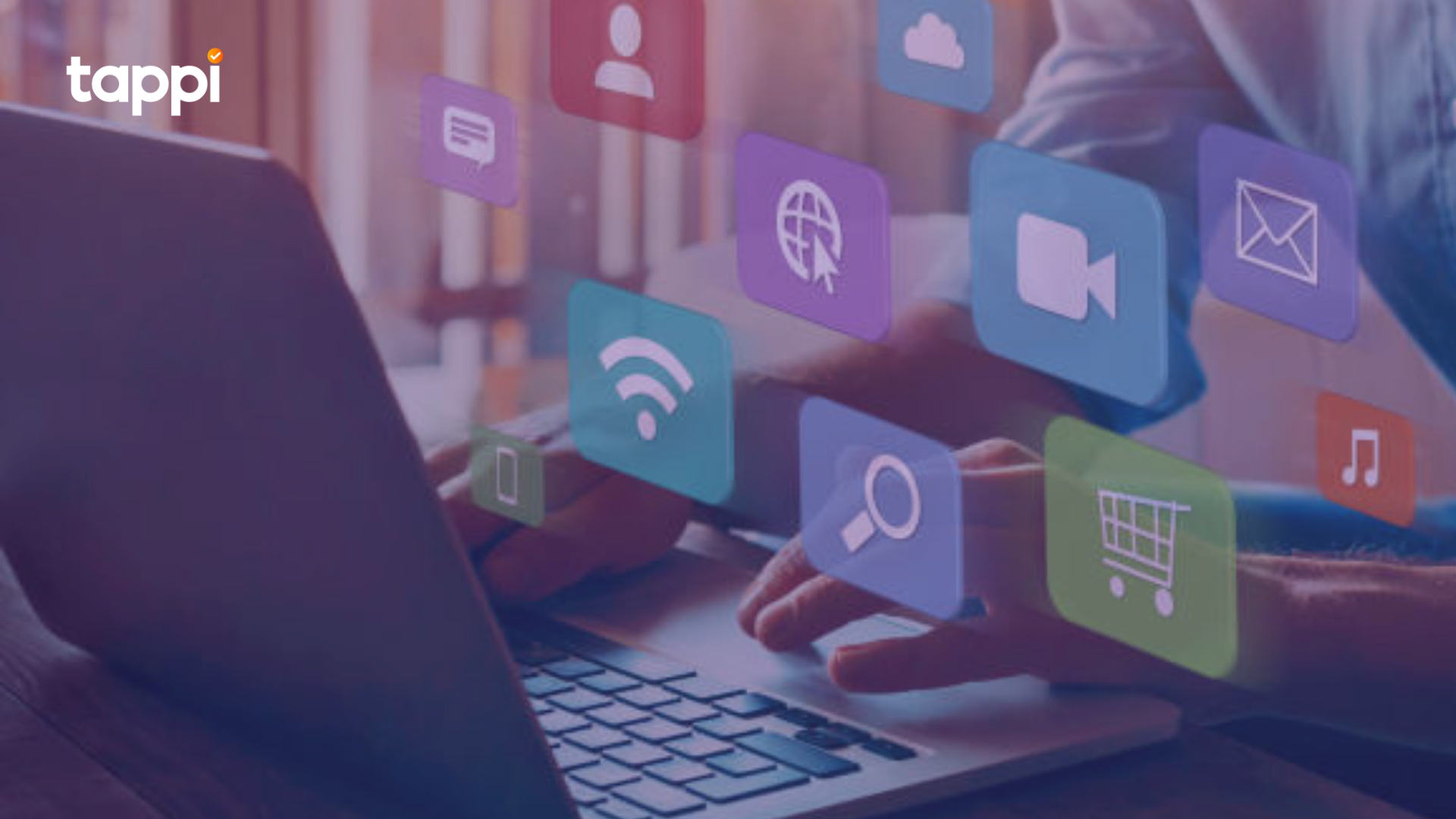Let's explore some of these channels and the cool things they can do:
1. Social Media Marketing
Channels: Facebook, Twitter, Instagram, LinkedIn, TikTok, and more.
- Building brand awareness: This means making more people aware of your brand and what makes it special. It's like letting them know you exist and why they should be interested in what you have to offer.
- Engaging with the target audience: You can have conversations with your customers and listen to what they have to say. It's like having a friendly chat and showing them that you care about their needs and interests.
- Driving website traffic: You can attract more people to visit your website, where they can learn more about your products or services.
- Generating leads: You can find potential customers who are interested in what you offer and establish communication with them.
Expectations
2. Content Marketing
Channels: Blogs, articles, videos, podcasts, infographics, and more.
- Sharing valuable and relevant content: You can create content that educates and entertains your audience. It's like being a helpful friend who shares interesting and useful information.
- Building trust and authority: By providing high-quality content, you can show that you know your stuff and become a trusted source of information in your industry.
Expectations
3. Email Marketing
Channels: Direct email campaigns, newsletters, automated emails..
- Building and nurturing relationships: You can communicate with leads and existing customers through email, keeping them up to date with your business activities and engaged.
- Delivering personalized messages: You can send tailored messages to specific groups of people, promoting your products or services and encouraging them to take actions like making a purchase.
Expectations
4. Search Engine Optimization (SEO)
Channels: Organic search results on search engines like Google, Bing, and more.
- Improving website visibility: You can optimize your website and its content to make it easier for people to find you when they search online.
- Optimizing on-page and off-page elements: You can make specific improvements on your website and in other places online to boost your search engine rankings.
Expectations
Let’s define some terms for a better understanding.
On-page optimization means making changes directly on your website to make it more search engine friendly and user-friendly. You can do this by;
- Choosing the right keywords and using them in your website's content, headings, titles, and descriptions so that search engines understand what your website is about.
- Creating high-quality, informative, and engaging content that is relevant to the type of customers you have or want.
- Ensuring your website is easy to navigate, with clear menu structures which help your customers move through different pages or screens and a user-friendly design.
- Optimizing your website's loading speed, as slow-loading websites can be frustrating for users and may affect your search engine rankings.
- Optimizing your website's loading speed, as slow-loading websites can be frustrating for users and may affect your search engine rankings.
- Optimizing images and videos on your website by reducing file sizes and using descriptive filenames and alt tags. What are these alt tags? Alt tags, also known as alternative text or alt attributes, are HTML attributes used to describe the content of an image on a webpage. They are important for accessibility purposes and search engine optimization.
Off-page Optimization involves activities that take place outside of your website to improve its visibility and reputation. It includes:
- Building backlinks, which are links from other websites to yours. These links act as votes of confidence for search engines, showing that other websites find your content valuable and trustworthy.
- Engaging with social media platforms to promote your website and its content, sharing links, and interacting with your audience.
- Participating in online communities, forums, or industry-specific platforms to establish your expertise and generate interest in your website.
- Collaborating with other websites or influencers to gain exposure and reach a wider audience.
5. Pay-Per-Click Advertising (PPC)
Channels: Google Ads, Bing Ads, Social Media Advertising platforms, and more.
- Driving targeted traffic: You can use ads to attract specific audiences to your website.
- Generating leads or sales: You can encourage people to take action and become customers.
- Increasing brand visibility: Your ads can help more people discover your brand and what you have to offer.
Expectations
6. Influencer Marketing
Channels: Collaborating with influential individuals on social media platforms, blogs, YouTube channels, and more.
- Leveraging influencers' reach and influence: You can team up with popular personalities or industry experts to promote your products or services.
- Reaching a wider audience: Influencers can help you connect with more people who might be interested in your brand.
- Building brand credibility: By partnering with trustworthy influencers, you can enhance your brand's reputation and gain the trust of potential customers.
Expectations
Remember, the expectations may vary depending on factors like your industry, target audience, and specific goals. It's important to align your chosen marketing channels with your overall strategy and regularly evaluate their performance to make informed adjustments.
So, go ahead and unleash the power of these marketing channels to reach new heights with your business!

